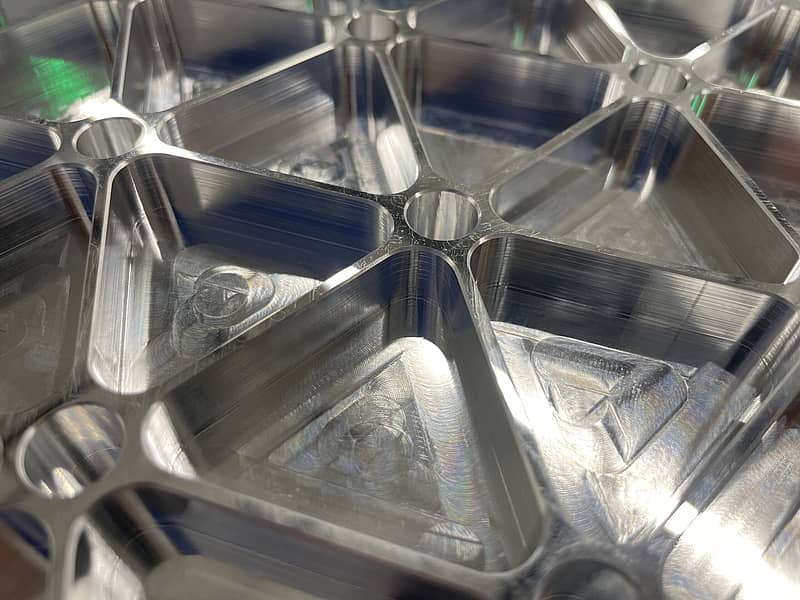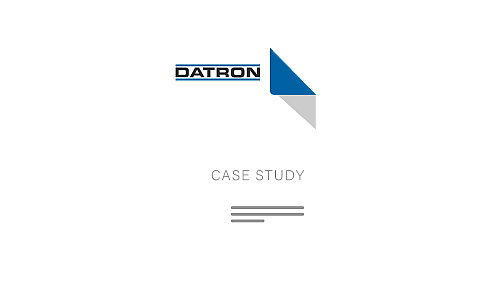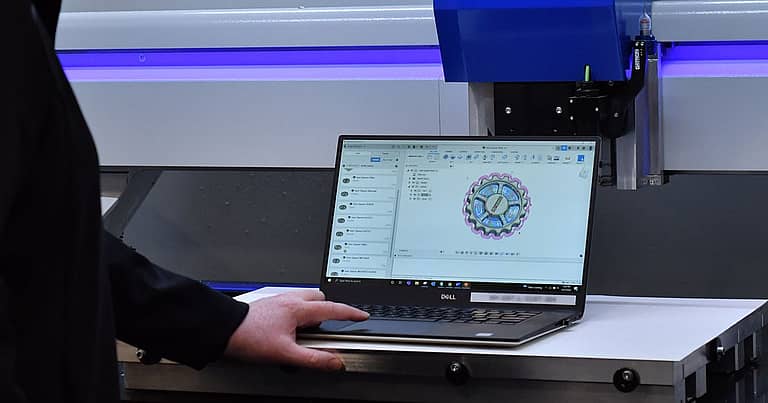
What if you could transform metal into something both safe and beautiful?
Chamfering can help you do just this, but you need the proper tools, including a milling machine. You also need to know what to do (and what not to do) in order to get the best results. Ready to get started? Keep reading to learn everything you need to know about how to chamfer on a milling machine!
What Is Chamfering?
Chamfer milling, sometimes referred to as “beveling,” refers to cutting away a small portion of metal that you are working with. Most often, these cuts are made along particular angles, with the ultimate goal of creating a workpiece that is now much smoother than it was before.
Once you know how to chamfer on a milling machine, you can create beautiful, more aesthetically pleasing workpieces. And you may often need to chamfer metal ahead of brazing or welding it.
For those who work with metal, chamfering can be a real game-changer. But before you can start doing it, you need to have the right tools on hand.
Selecting the Right Tools
When you are ready to chamfer on a milling machine, you’ll need to choose the right tool for the job. There are different specialized tools available to you, and which one you purchase will depend on what you need to do with your workpieces.
 For example, most people end up getting a chamfer mill. These are perfect for creating beveled edges on a piece of metal. From architecture to engineering needs, this is the most popular choice for transforming metal.
For example, most people end up getting a chamfer mill. These are perfect for creating beveled edges on a piece of metal. From architecture to engineering needs, this is the most popular choice for transforming metal.
Face mills are less commonly used, but they are perfect for making different kinds of shapes than what simple beveling can achieve by using multiple cutting blades rotating in a spindle. Additionally, such a mill is useful for cutting wide chambers and removing excess material in short order, and this can be very useful for certain projects.
End mills, meanwhile, are one of the best choices for deburring a workpiece. If you need to expand the opening, it’s also the ideal choice. To achieve the best results, you need to rotate the cutter at a slower speed and gently feed it into your workpiece, angling it 90 degrees as you begin working on the metal.
Check Out DATRON’s Countersink & Chamfer Mills
How to Chamfer Effectively
If you’ve never chamfered on a milling machine before, it will definitely take a lot of practice to get it right. However, we have a few tips below that may help you master this skill more efficiently and avoid a few headaches along the way.
For example, you should keep an eye on the speed of the chamber mill to make sure the cutting edge doesn’t overheat, and you should always keep the mill perpendicular to the metal as you work.
Try not to rev the mill up too much while you are using it, and if you have an end mill, never try to re-sharpen it. Finally, don’t forget that if you don’t fully finish the surface you are working on, it will be left looking rough and ugly.
The Advantages of Chamfering
Still wondering why you would need to chamfer on a milling machine? Doing so provides several advantages for both individuals and businesses that regularly work with metal.
First, when done right, chamfering can reduce the risk of damage to the piece you are working on. Second, it can keep burrs from forming, which makes it safer and (let’s be honest) better-looking. Finally, it provides more support to the edge and more rigidity to the piece as a whole.
Ultimately, learning how to chamfer is a vital skill for anyone who works extensively with metal.
Take Your Project to the Next Level Today!
Now you know more about how to chamfer on a milling machine. But do you know who can help you get started?
Here at DATRON, we specialize in providing you with the tools you need. We’re a leading name in the industry, and we’re ready to help you take your existing skills to the next level. And if you’re ready to chamfer, we have everything you need to get started. All you have to do is contact us today!







